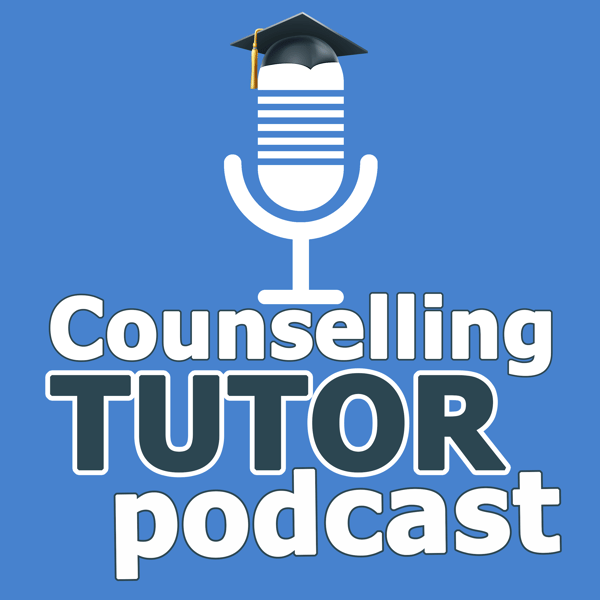113 – Therapeutic Use of Self
Counselling Tutor
Ken Kelly and Rory Lees-Oakes
4.6 • 636 Ratings
🗓️ 18 May 2019
⏱️ 35 minutes
🧾️ Download transcript
Summary
Transcript
Click on a timestamp to play from that location
| 0:00.0 | Welcome to the Counseling Tutor Podcast, the must listen to podcast for students of counselling and psychotherapy. |
| 0:10.6 | Here are your hosts, Rory Lee's Oaks and Ken Kelly. |
| 0:15.7 | Hi, I'm Rory and with me, as always, is Ken. How are you doing, Ken? |
| 0:19.8 | Exceptionally well, Rory, I'm going to be honest and open. This is our third take at starting |
| 0:24.7 | this podcast, and I'm wondering if it's because it is episode 100, Rory, wait for it, |
| 0:29.7 | 113, lucky for some. But it is lucky for us all because it's a phenomenal episode that we have for you here today. |
| 0:38.7 | We're going to be kicking off by speaking about empathy, but we're taking a different slant on this. |
| 0:43.7 | We're talking about the neuroscience of empathy. |
| 0:46.4 | How does it work in the brain? |
| 0:49.1 | Then we're going to be speaking about use of self-in-counseling. |
| 0:52.7 | That's going to be in practice matters. |
| 0:54.0 | You're going to be |
| 0:54.5 | covering this, Rory. What can we expect use of self-in-counselling? Well, I'm going to be talking about |
| 0:59.9 | how we psychologically hold clients when they may be discussing really difficult or traumatic material. |
| 1:08.5 | And this is something that sometimes really not covered to a great extent, |
| 1:12.9 | I don't think, in courses. It is about how you use yourself and how you work with your own |
| 1:19.7 | process when working with clients who may be struggling with trauma and make sure that they don't |
| 1:26.1 | rupture themselves. In other words, that they don't |
| 1:29.3 | completely disassociate or completely become unwell as they talk about what's going on. It's |
| 1:36.3 | something that I think a lot of practitioners need to know really, because in some cases, |
| 1:42.3 | carrying on can be quite dangerous for a client. |
| 1:44.9 | Like it. |
... |
Please login to see the full transcript.
Disclaimer: The podcast and artwork embedded on this page are from Ken Kelly and Rory Lees-Oakes, and are the property of its owner and not affiliated with or endorsed by Tapesearch.
Generated transcripts are the property of Ken Kelly and Rory Lees-Oakes and are distributed freely under the Fair Use doctrine. Transcripts generated by Tapesearch are not guaranteed to be accurate.
Copyright © Tapesearch 2025.

